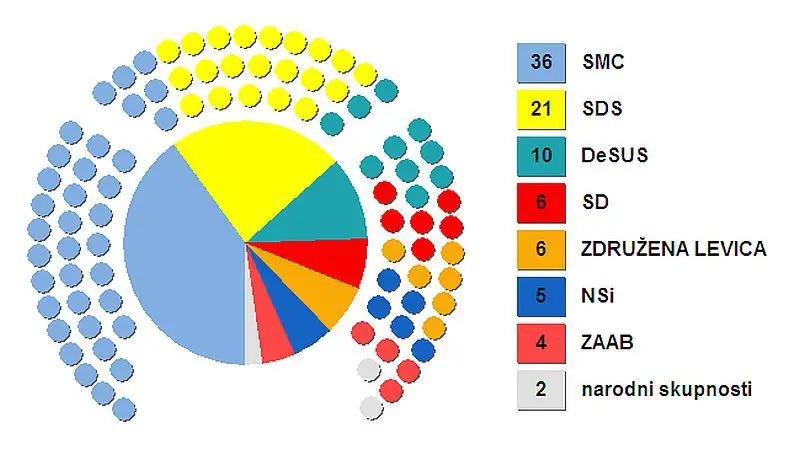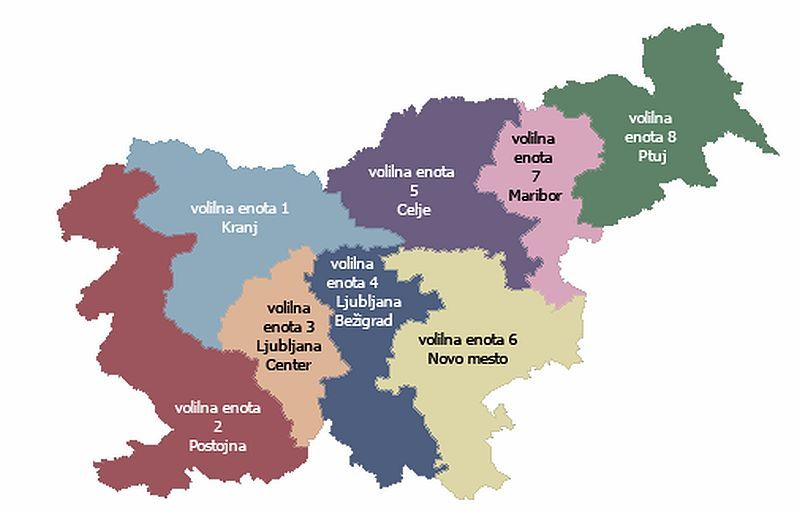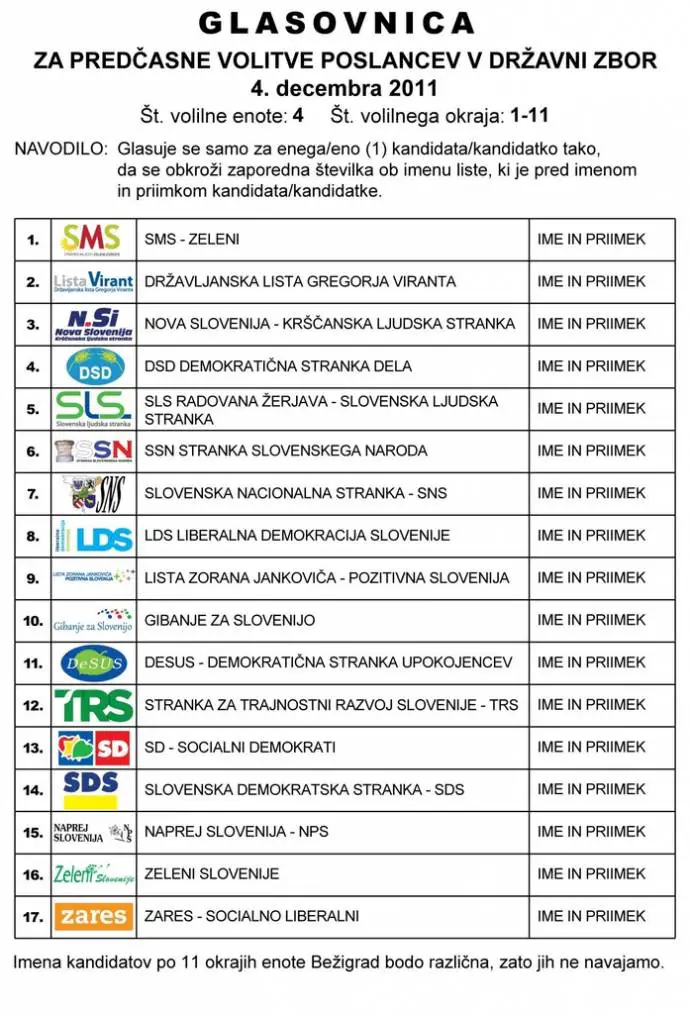April 5, 2018
Slovenia is a parliamentary republic with a proportional electoral representation system. This means that the executive branch, i.e. the government, is elected by legislators, in contrast to the presidential system, where head of government, usually also the head of state, is elected and therefore not responsible to the legislature. As such, in parliamentary systems the most important elections are not the presidential ones, which in Slovenia were held in October last year, but rather the parliamentary elections, as they not only decide on the representation in parliament, i.e. legislature, but also who is going to form the government, i.e. the executive branch of the state power.
Although President of Slovenia has some important executive functions, such as being the main representative of the state and the supreme commander of Slovenian armed forces, this would certainly mean more if Slovenia was a significant international player, but since it is not, the Slovenian presidents have kept reinventing their role by their own interpretation of it. Janez Drnovšek (President 2002 – 2007), for example, seemed to have concluded that since there wasn’t much to do in the job, he might as well try to save the world – as seen in his travels campaigning for peace. The incumbent Borut Pahor, on the other hand, seems to enjoy his ceremonial function a lot by extending his populist presence on social media, especially Instagram:

Borut Pahor December 6, 2016 Instagram post: “Homesick in Cairo”
Apart from these rarely used executive powers, as they mostly apply in war and other conditions in which National Assembly is unable to convene, the President has some important administrative functions, such as calling elections to the National Assembly, proposing a candidate for Prime Minister to the National Assembly, as well as dissolving the National Assembly and calling for new elections if no candidate is elected Prime Minister or if a motion of confidence in the Government fails the National Assembly.
On March 14 the head of the current government Miro Cerar stepped down as Prime Minister just a few months ahead of the regular elections, which were expected to take place in July 2018. On March 27 President Borut Pahor declared he would not propose a candidate for a new Prime Minister, as there were no candidates, meaning that the next step for Pahor is to dissolve the current National Assembly and set the date of the early parliamentary elections, which have to take place 40–60 days following the dissolution of Parliament. Possible dates, which are the matter of talks the President has been having with various political groups, fall into the time between May 20 and June 10. If we keep in mind that elections always take place on Sunday in Slovenia, this leaves us with four possible dates: May 20 and 27 and June 3 and 10, 2018.
How exactly do voters elect the Members of Parliament and how does Slovenia get its government?
As stated above, Slovenia has an electoral system of proportional representation. In contrast to a majoritarian system, in which all representation is given to the majority of the voters, while representation is denied to the minority, proportional representation means that political parties get the number of seats in the parliament that is proportionate to the number of votes they receive at the elections.
In Slovenia, the electoral threshold, that is, the percentage of votes a political party needs to collect in order to enter Parliament is 4%. Seven parties managed to get over this in the last parliamentary elections, which took place in 2014:

National Assembly’s 90 seats, two of which are reserved for the Hungarian and Italian ethnic minority representatives
The apportioning of National Assembly seats then takes place at two levels: within the electoral unit and at the national level. Candidates that manage to gather a high enough proportion of votes at the level of the electoral unit will get their mandate this way. The rest of the votes are then counted at the national level, and seats are delegated according to the lists of candidates that their respective parties have composed for the elections.

Electoral units in Slovenia: an opportunity for the candidates to get directly elected
As it rarely occurs in the proportional system that any party would win the majority of seats, coalitions have to be formed in order for a government to gain parliamentary support. The President gives a mandate to form a government either to the leader of the party that has won the most votes at the elections, or to the leader of one of the parties that form a coalition with a majority in the Parliament. Before this is decided consultations take place between party leaders and the President, so that he – and all four of Slovenia’s Presidents to date have been male – can choose a Prime Minister designate who will be able to form a coalition with the majority of parliamentary support.
In our next article, we will take a look at the parties that are currently leading in the opinion polls, their leaders, their respective political programs, and the prospects they have in forming the coalition.
Other articles in this series can be found here.






